Flag of Christopher Condent – Jolly Roger
14.90€
• Pickup: Immediately from store in Kaarina, Finland
Description of the Product
By the early 18th century tolerance for privateers was wearing thin by all nations. Initially the surplus of men after the War of Spanish Succession in 1714 had caused the number of pirates to multiply significantly. This inevitably led to the pillaging of more ships, which put a greater strain on trade for all European nations. In response European nations bolstered their own navies to offer greater protection for merchants and to hunt down pirates. The excess of skilled sailors meant there was a large pool that could be recruited into national navies. Piracy was clearly on a strong decline by 1720. The Golden Age of Piracy was over.
Christopher Condent was an English pirate who was among those returning to the Eastern Seas. He and his crew fled New Providence in 1718, when Woodes Rogers became governor of the island, unlike for example the pirate Jack Rackham. Without a safe base and in the growing pressure from naval forces, the pirates of the Caribbean lost their momentum. The lure of the Spanish treasures had faded, and the hunters gradually became the hunted. By early 1719, the remaining pirates were on the run.
A number of factors caused Anglo-American pirates to look beyond the Caribbean for treasure as early as the 1690s. The Indian Ocean was a richer and more tempting target. India's economic output dwarfed Europe's during this time, especially in high-value luxury goods like silk and calico, which made ideal pirate booty. At the same time the lack of powerful navies in the Indian Ocean left both local shipping and the various East India Companies' vessels vulnerable to attack.
The use of a pirate flag, or a “Jolly Roger”, continued in these new waters. The flag was probably intended as communication of the pirates' identity, giving target ships an opportunity to surrender without a fight. If a ship decided to resist, the Jolly Roger was taken down and a red flag was flown, indicating that the pirates intended to take the ship by force and without mercy. Flying a Jolly Roger was a reliable way of proving oneself a pirate. Just possessing a Jolly Roger was considered proof that one was a criminal pirate rather than something more legitimate; only a pirate would dare fly the Jolly Roger, as he was already under threat of execution.
The flag of Captain Condent has become one of the more recognizable of the many different pirate flags of the period. The three skulls were perhaps a fierce warning of a triple threat, that this pirate gave no quarter. He was known to torture his captives. After leaving the Caribbean, Captain Condent and his crew ended up, after many captured ships and close calls, cruising the Indian Coast and the Red Sea. In 1720, near Bombay, they hit it big time, capturing a ship carrying a vast fortune. The ship belonged to the East India Company. Condent and his crew returned to the island of Saint-Marie, dividing their haul. Many retired and remained on the island, but Condent and others negotiated with the governor for a French pardon. Bribes were involved, and the French wanted to embarrass the East India Company, and so pardons were issued. Condent went on to marry the governor’s sister-in-law, travel to France, settle down with his wife in Brittany and became a wealthy merchant.
The flag is double sided, and made of durable indoor/outdoor nylon. 93cm x 150cm (36.6” x 59”) with metal grommets.

Fast and helpful service. Quality products. Highly recommended

Products are located in our own storehouse
In Kaarina, Finland.
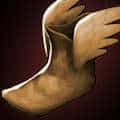
Fast shipping
Orders are shipped out within 24 hours of us receiving the order.

Purchase online or offline
You can also pickup your order at our store.

Flexible payments
We accept Credit Cards & Online Banks etc.
Our Store
All orders can also be picked up from the brick-and-mortar store at Oppipojankuja 1, 20780 Kaarina. 10min drive from the centre of Turku.
Welcome!
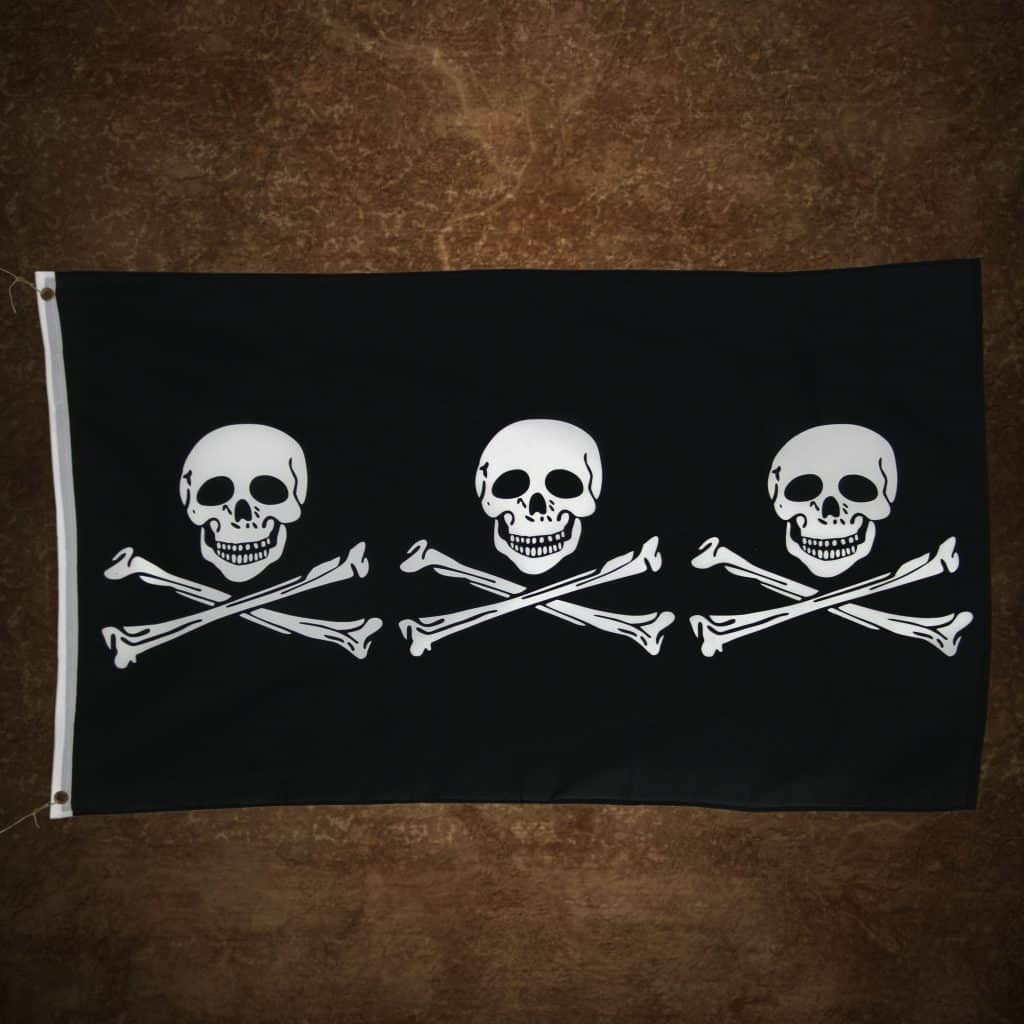
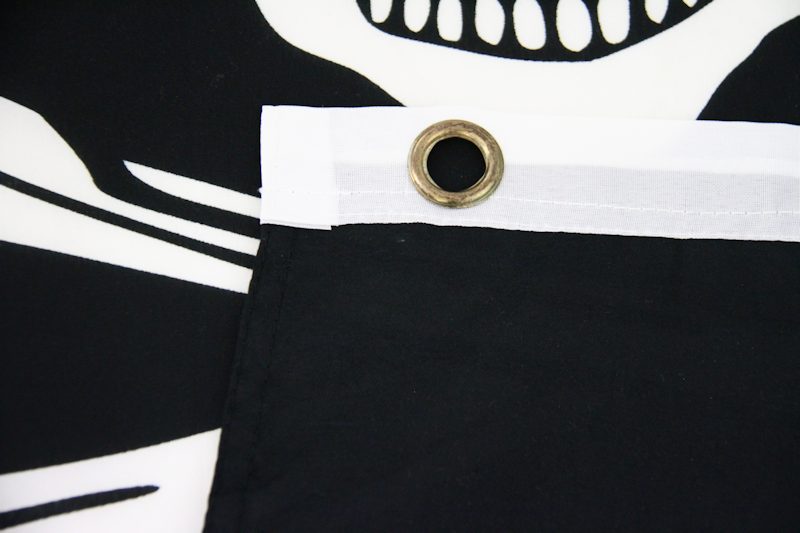
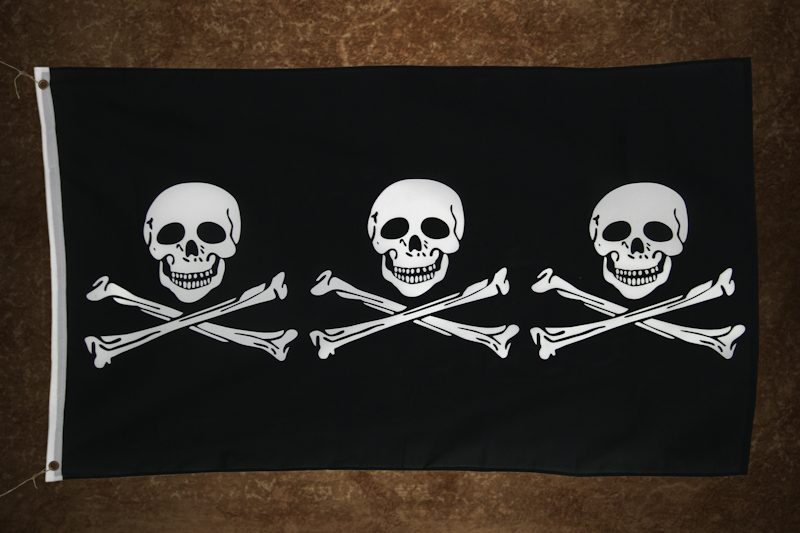

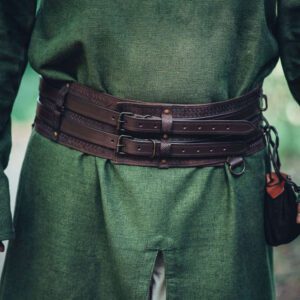
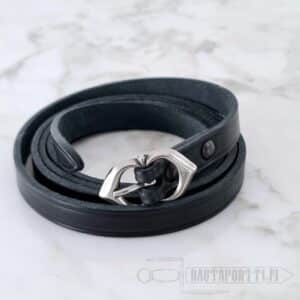
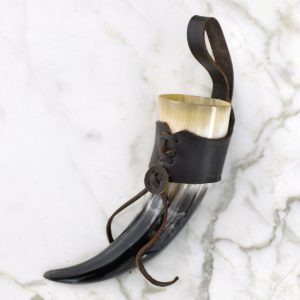
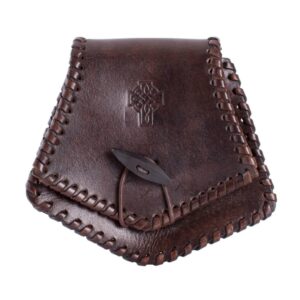
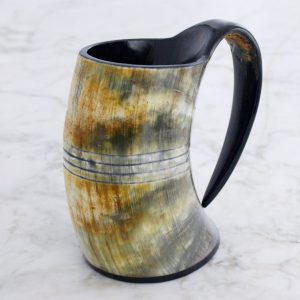
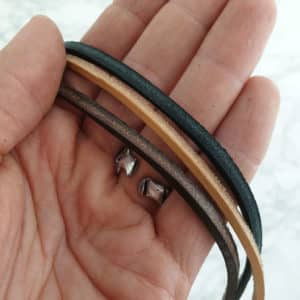
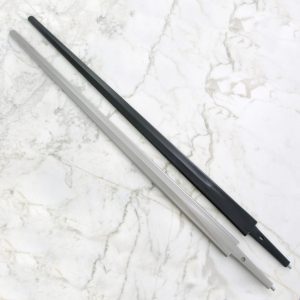
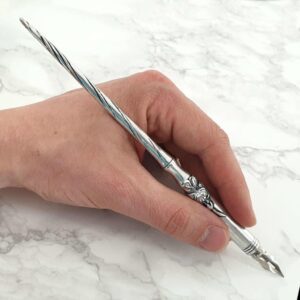

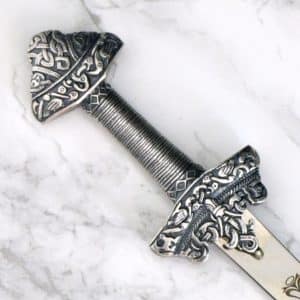
Reviews
There are no reviews yet.